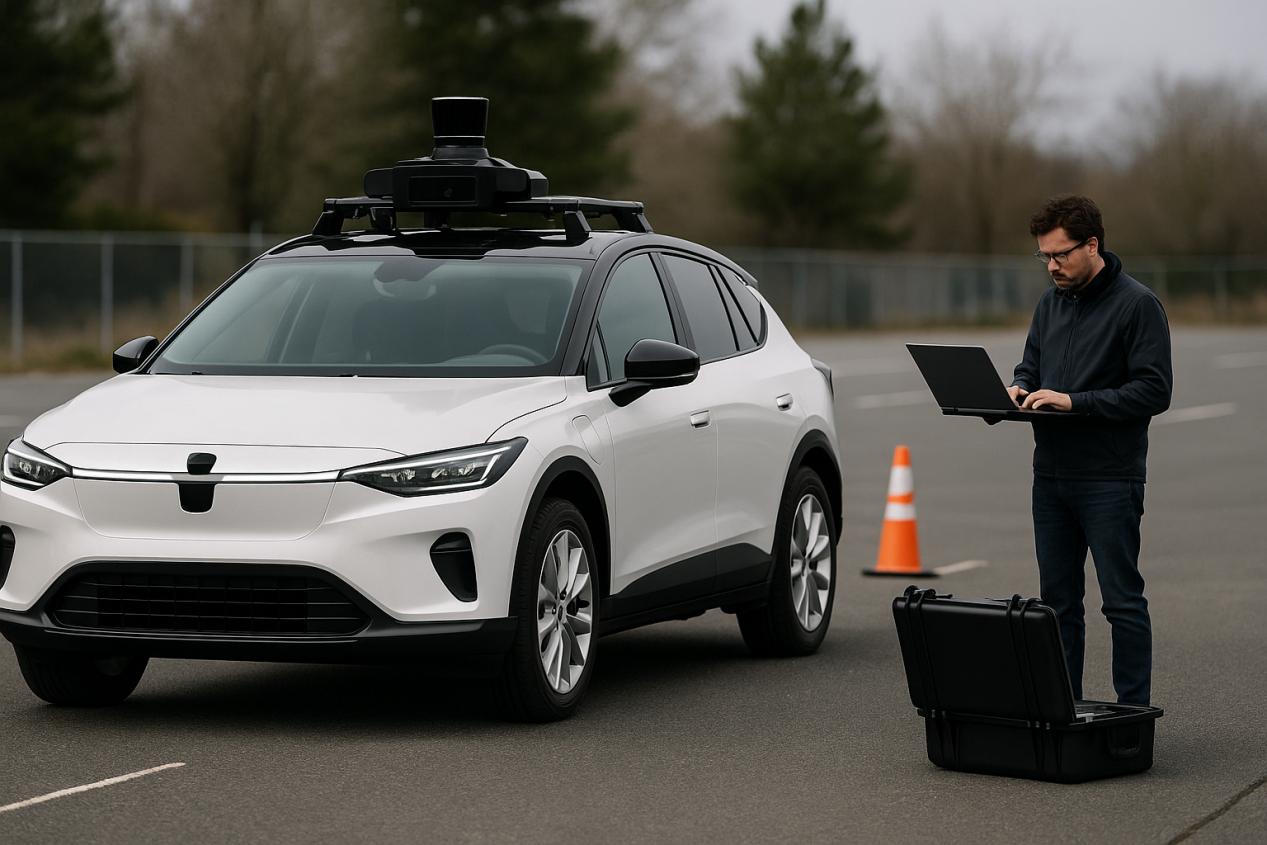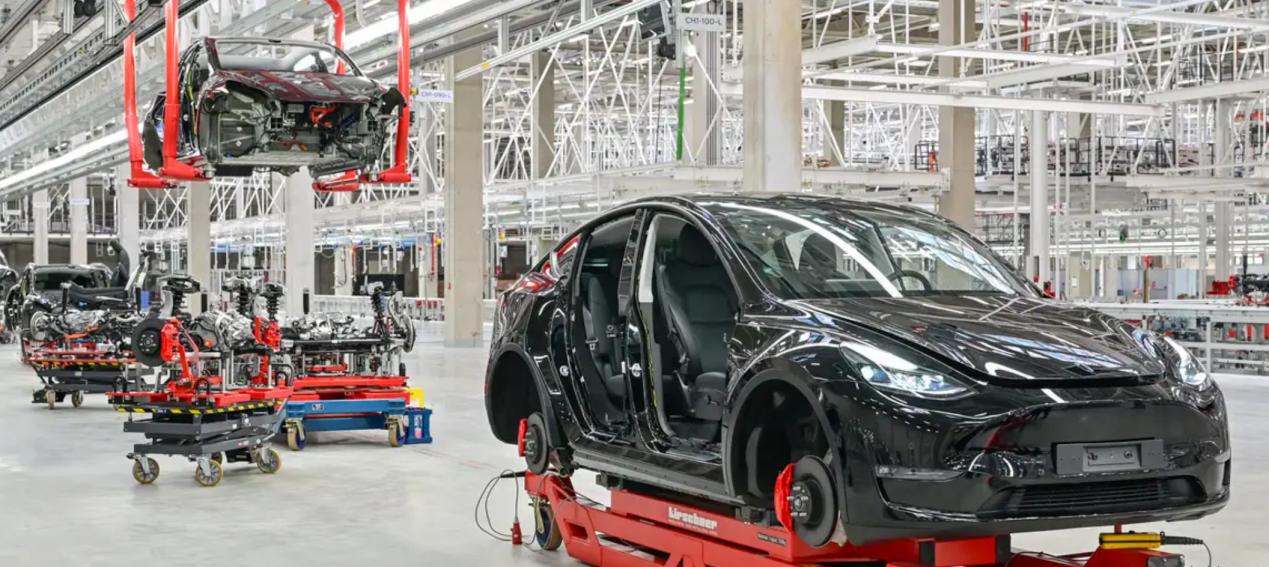
Recently, according to Teslarati, Tesla announced that the production version of the Cybercab will not be equipped with a steering wheel or pedals when it rolls off the production line in the second quarter of 2026. This public statement has turned the promise of "no human intervention at all" into a clear engineering goal. However, from the perspective of technical implementation and risk management, This design trade-off has brought about a large number of unsolved engineering problems and institutional contradictions.
First, let's talk about the redundancy of perception and positioning: To operate safely without any manual control backup, vehicles must maintain their perception capabilities without degradation in all foreseeable and unforeseen environments - including strong backlighting, heavy rain, snow accumulation, smoke, and complex urban construction scenarios and other long-tail situations. It is difficult to ensure both performance and robustness by relying solely on one solution of cameras or radars. It is necessary to achieve multimodal sensor fusion, online adaptive calibration and fault detection and location, and have a deterministic behavioral degradation strategy when sensors fail (such as remote intervention of safe stops or controlled take-over). These technologies not only require a large amount of real-path data support, but also rely on fault injection and verification processes where fields can be repeatedly reproduced.
The second issue is scene coverage and verification. Claiming that "people don't want to take over driving" cannot replace the verification of long-tail scenarios at the level of millions of vehicles. Building provable security cases requires the formation of a strict production-proof chain between closed-loop simulation and real road testing - the simulation scenarios must align with the real statistical distribution, and the strategies discovered in the simulation must be reproduced under the conditions of real sensor noise, delay and communication unreliability. Relying solely on the limited urban test samples from the past few years, it is difficult to support a mass production release without manual redundancy.
Let's take a look at the availability and maintainability of the software and computing platforms. The absence of a steering wheel means that the vehicle control stack becomes the single point of control, which poses extremely high requirements for real-time operating systems, deterministic scheduling, functional safety (similar to the ISO 26262 framework), and automated rollback mechanisms. While OTA updates bring about an increase in iteration speed, they also magnify the risk of regression defects: A single incorrect model or controller update may affect the operational safety of the entire vehicle fleet and must be accompanied by a strict phased expansion and A/B rollback strategy.
Regarding the trade-off between redundant hardware and cost, completely eliminating the steering wheel and pedals can reduce the weight and manufacturing complexity per unit vehicle, but it also requires additional sensor kits, dual-channel actuators, independent energy sources, and higher levels of communication and positioning redundancy (such as in coordination with high-precision maps, edge computing nodes, or V2X). Whether these increased hardware and operation and maintenance costs can be offset by the "cost per mile" optimization is the fundamental issue for commercial sustainability.
Cybersecurity and privacy risks are more prominent in a steering wheel-less architecture: any remote interface in the control chain, location data flow, or scheduling system may become an attack surface. Protection is not only a matter of conventional encryption and access control, but also requires system-level fault-tolerant design for track-level abuse scenarios (such as false positioning, sensor spoofing, OTA tampering), and maintaining audacity in incident forensics and responsibility division.
Finally, passenger acceptance and emergency response mechanisms also need to be addressed in an engineering manner. Even if the technology can independently complete navigation in the vast majority of cases, the behavior of passengers in abnormal situations, emergency evacuation routes, and the response capabilities of operators to sudden mass incidents must all be included in the safety proof. Explaining through words in a short period of time that "users do not want to take over the driving" cannot replace quantifiable user experience evaluations and the results of multi-scenario emergency drills.
In conclusion, the claim that the mass production version of Cybercab has no steering wheel or pedals has more clearly exposed the technical and institutional challenges of autonomous driving products: to truly achieve the safe operation of "unmanned industrial control" from an engineering perspective, verifiable and audacious solutions need to be provided simultaneously in six aspects: perception redundancy, long-tail verification, software governance, hardware redundancy, regulatory compliance, and cybersecurity. If any of these links is not fully solidified, giving up manual backup may instead concentrate and amplify risks, ultimately affecting the vehicle's roadability and social acceptance.

The global electric vehicle market in 2025 is experiencing intense turbulence. Tesla, once a disruptor that reshaped the industry landscape, is now mired in an unprecedented sales crisis.
The global electric vehicle market in 2025 is experiencing …
Recently, Chinese telecom companies Huawei and ZTE signed a…
Recently, according to Xinhua News Agency, Israel's air str…
A strongly worded report from the Equality Trust argues tha…
On November 27, 2025, Alibaba officially entered the global…
The focus of the global financial market in 2025 has always…